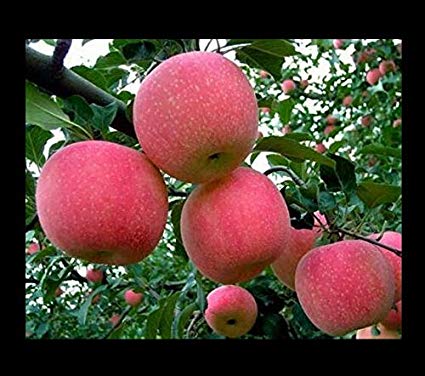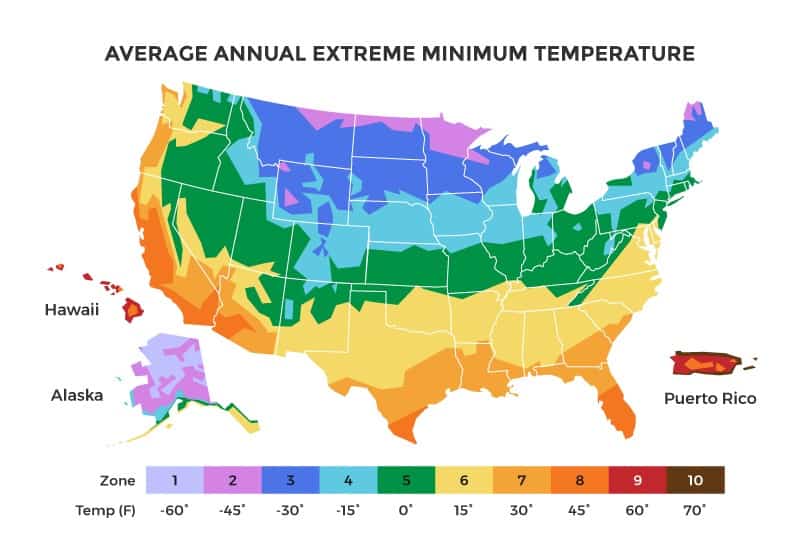
Crisp, mild, and sweet Fuji apples are perfect for snacking or to bake into a pie. They ripen in late fall and produce large, red apples. Stores well and stays crisp in the refrigerator and at room temperature. Yellow-green flesh is fruity, aromatic, juicy, and not too acidic.
Type: Perennial/TreeSun: Full?Partial
Planting Depth: 1-2”
Spacing: 16-20'
Water: Moderate
Days to Maturity/Bloom: 4-5 years
Height: 12-15'
Zones: 5-8
Planting Instructions
Type: Perennial/TreeSun: Full?Partial
Planting Depth: 1-2”
Spacing: 16-20'
Water: Moderate
Days to Maturity/Bloom: 4-5 years
Height: 12-15'
Zones: 5-8
Approx seeds per order 10
Apple seeds must be cold-stratified before planting. Place the seeds on a damp paper towel, fold up the towel, and place it in a plastic bag. Do not seal the bag; this allows for air-flow. Place the bag in the refrigerator and leave it there for at least 3 months. Check them every couple of weeks and re-dampen the paper towel (carefully), as needed.
In spring, take out the seeds and soak them in warm water for 12-24 hours. This enhances germination success. Transplant the seeds in a pots filled with a rich, peat potting mix. Cover the pot with a plastic bag to keep moisture in. Water daily so the soil is moist but not drenched. Keep the soil warm, 70F or above, and the seeds will sprout in around 3 weeks. Once the seedlings sprout, remove the plastic bag.
Let the seedlings grow in the pot in a sunny location all summer and fall. Continue to water them so the soil is moist but not soggy. They are fragile and need to develop a root system.
In the late-fall, move the container to a protected overwintering location, like a garage or shed. They don't need much sun or care, just a safe place to sit. Do not let them dry out – they'll need watering every few weeks to stay healthy. Do not let the soil get soggy, though, or the roots will rot. Be aware of mice or small rodents in the area who may try to nibble on the seedlings as a winter snack.
In the spring, after all danger of frost has passed, transplant seedlings to their permanent outdoor location. Place wire fencing around them to protect from rodents and wildlife. Do a springtime fertilizer application and water regularly.
USDA Zone Map




